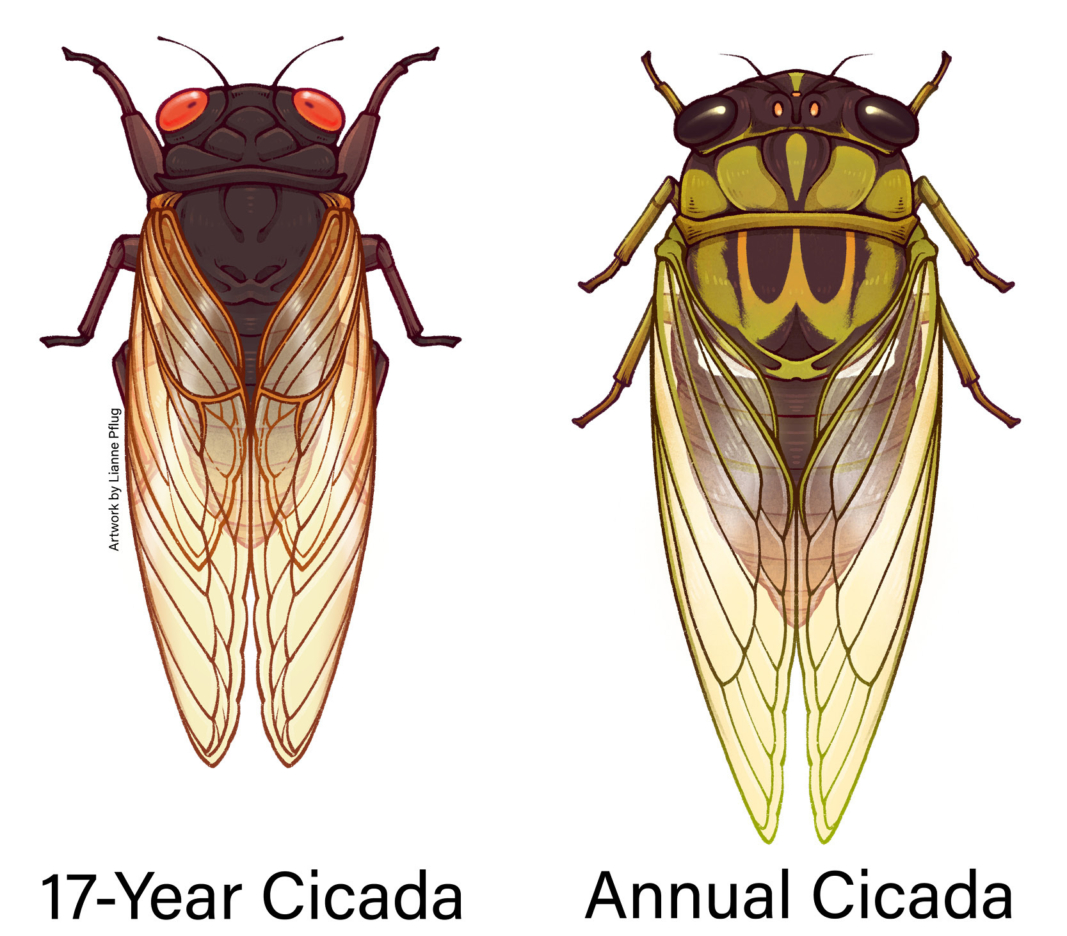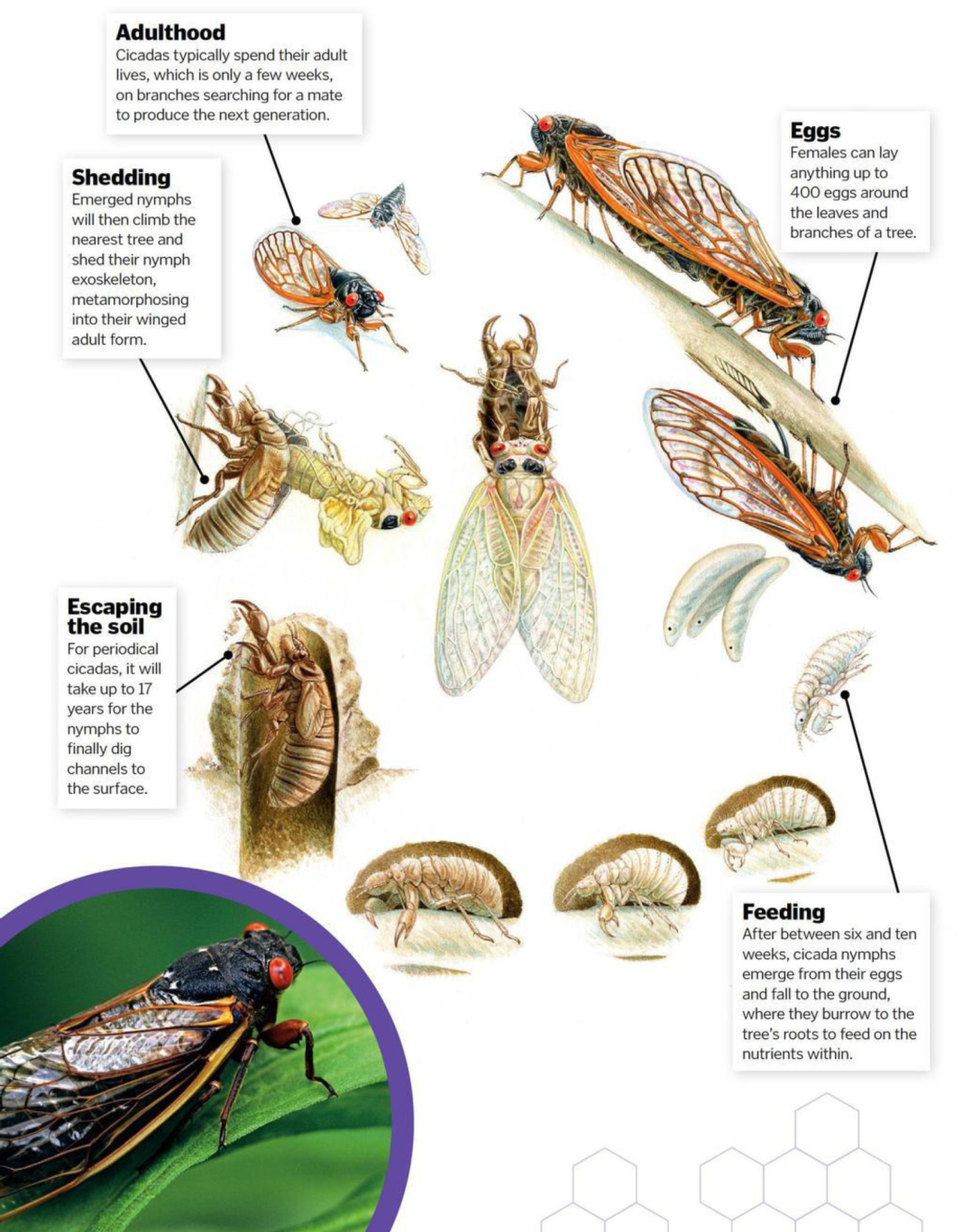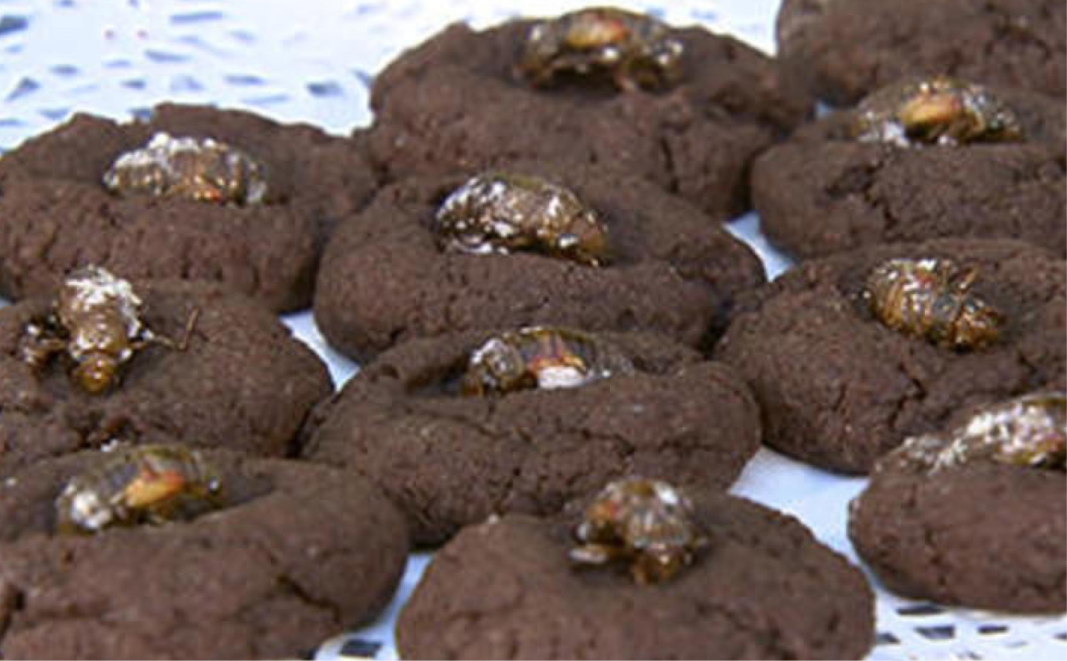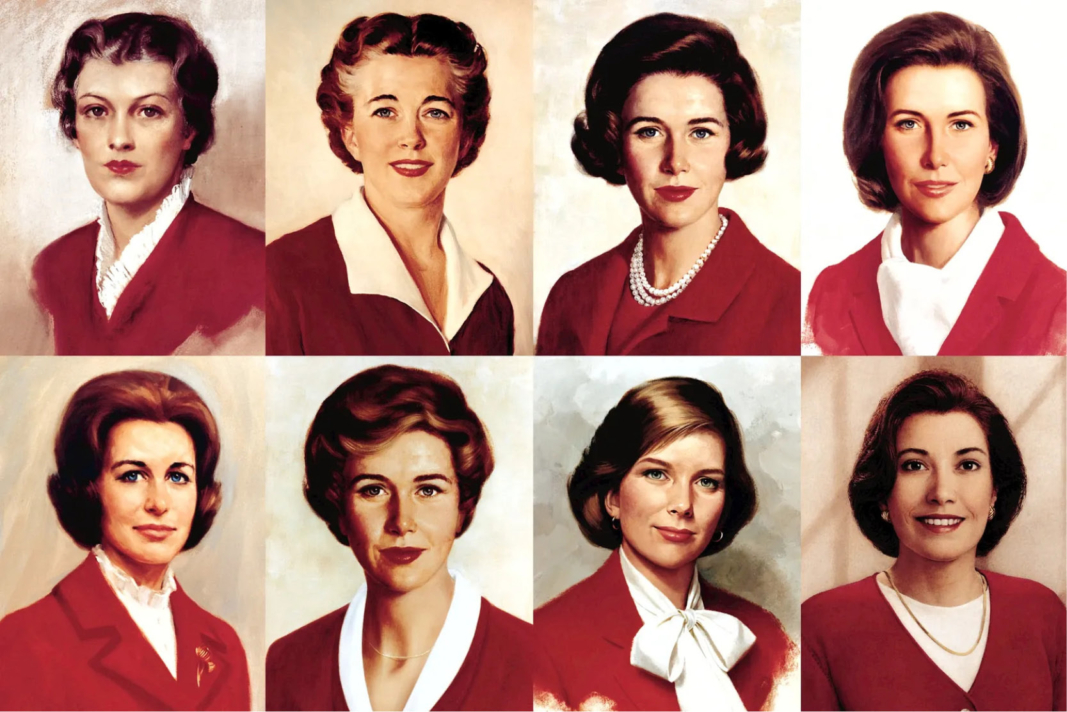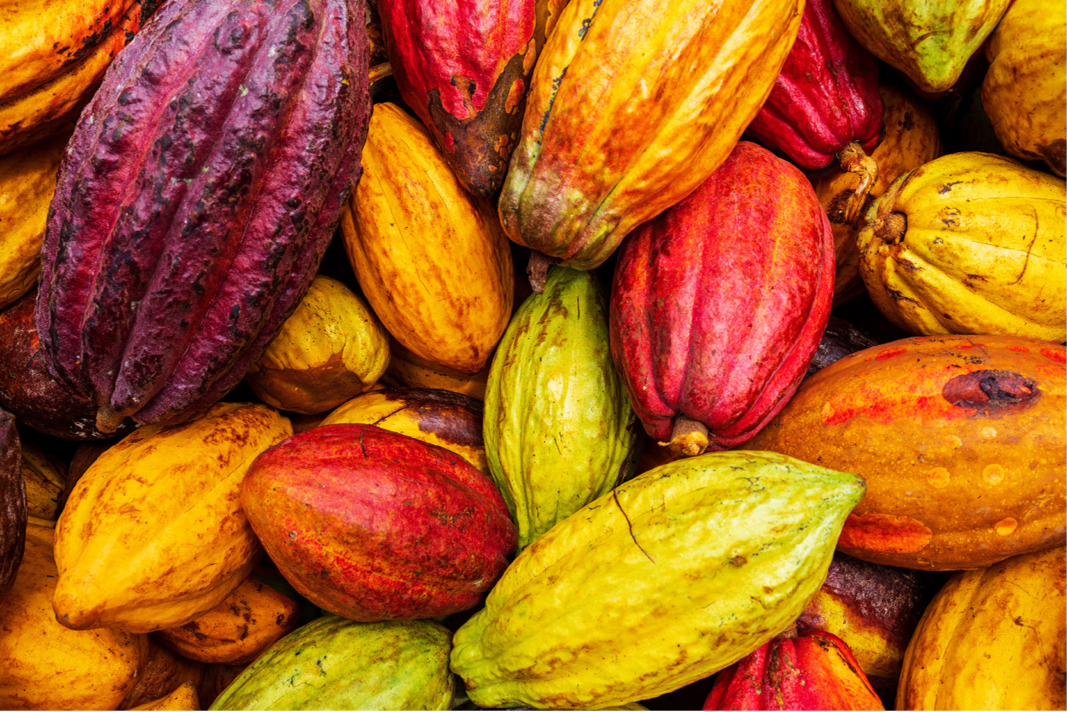Slurp

Lick ’em or bite ’em, popcicles are G-R-E-A-T!!!!!!!!!!! :))))))))))))))))))
With summer upon us, I find myself sometimes falling back on some childhood traditions. Playing with the hose while watering, being fascinated by fireflies, counting endless stars, finding funny shapes in the clouds, and coveting cool deserts. Beyond ice cream, one of my “go to” favorites is popsicles. I’m a softie when the grandkids ask for one – knowing it’s going to be a big mess – but I give them the sticky sweet dessert anyway and watch as they cover their outfits with drips. Especially since we don’t have to wash them! It got me to thinking about where these yummy delights came from, so I did some digging and found some fun info. Turns out, the popsicle was invented by an 11-year-old boy (I could use his thermal processing genius in my lab!). Enjoy, and let me know if you too had to share a popsicle with brothers and sisters (two sections broken in half with sticks). Finally, be sure to send me some of your favorite “adult” popsicle recipes – they come in handy when we’re dealing with some of your PIA (Pain In The @%$) Jobs! Thanks to Wikipedia, YouTube, veggiesdontbite.com, merriam-webster.com and interestingfacts.com for the info. Enjoy!
MFG video: CLICK (love the “sticker”)
Adult popsicle recipes: CLICK
An ice pop, or popsicle, is a liquid-based frozen snack on a stick. Unlike ice cream or sorbet, which are whipped while freezing to prevent ice crystal formation, an ice pop is “quiescently” frozen—frozen while at rest—and becomes a solid block of ice. The stick is used as a handle to hold it. (without a stick, the frozen product would be a freezie).
Frank Epperson is acclaimed to have first created an ice pop in 1905 when he accidentally left a glass of powdered lemonade soda and water with a mixing stick in it. He left the concoction on his family’s back porch overnight, and by morning, the contents had frozen solid. Epperson ran hot water over the glass and used the stirrer as a handle to free his new creation. He immediately knew he’d stumbled on something special, and called his treat an Epsicle, (a portmanteau – how’s that for a word…) of his last name and “icicle.”
Throughout his life, Epperson claimed that this experiment occurred in 1905, when he was 11 years old. While most publications agree, the San Francisco Chronicle’s website counters that local temperatures never reached freezing in 1905; they did, however, in nearby Oakland, where the Epperson family moved around 1907, meaning the fateful event may have happened a few years later.
In 1922, Epperson, then a realtor with Realty Syndicate Company in Oakland, introduced the “Popsicle” at a fireman’s ball. The product got traction quickly, and in 1923 at the age of 29, Epperson received a patent for his “Epsicle” ice pop, and by 1924, had patented all handled, frozen confections or ice lollipops. He officially debuted the Epsicle in seven fruit flavors at Neptune Beach amusement park, marketed as a “frozen lollipop,” or a “drink on a stick.”
Although he briefly set up a royalty arrangement with the Popsicle Corporation, by 1925 he sold his patent rights to the Joe Lowe Company, which became the exclusive sales agent for the Popsicle Corporation. Over the decades, Epperson’s naming oversight cost him considerable profits – as of 2020, the global ice pop market was valued at $4.7 billion (ooops on that decision). A significant share of that revenue comes from Popsicles, a summer staple now sold in more than 30 flavors.
The ”twin pop” was invented during the depression, so two kids could enjoy a popsicle for just 5 cents. (broken in half made them easy to share, as each had a stick).
Estimated number of Popsicles purchased globally each year is around 2 billion.
The largest ice pop ever created weighed 20,020 lbs. was made by Jan van den Berg at Iglo-Ola Produktie B.V., Hellendoorn, Netherlands in 1997. In 2005, NYC tried to break the record…but it melted.
The world’s biggest Popsicle stick sculpture
The tallest ice lolly (popsicle) stick structure is 8.23 m (27 ft), and was achieved by Justin O’Brien, Andrew Hill, Paiden Carlisle, Jasmine Defore, Carol Blankenship, Miguel Ramos, Joshua Sauls, Raymond Cantrell and AJ Cantrell (all USA), in Dayton, Ohio, USA, on January 13, 2023. The team used 2,738 ice lolly sticks and 46 hot glue sticks to make their structure, which was built in two portions and then assembled and secured with additional lolly sticks and hot glue.
The United States celebrates National Cherry Popsicle Day on August 26th each year.
Popsicles have even made their way to space! NASA astronauts have been known to enjoy the frozen treats as a refreshing snack while on missions. (wonder if they keep them cold outside?)
An alternative to the store-bought ice pops is making them at home using fruit juice or any freezable beverage. A classic method involves using ice cube trays and toothpicks, although various ice pop freezer molds are also available. I have found some amazing ingredients to put in my homemade popsicles! Don’t forget to send your favorites over to me!
In 2018, the UK food-focused design firm called Bompas & Parr announced that they had created the world’s first ‘non-melting’ ice pop. The ice pop does melt but not as fast as other ice pops. This is due to the strands of fruit fibers inside the ice pops which makes them thicker than regular ice pops. The thicker the ice pop the slower it melts. This design was inspired by the material called pykrete, which was invented by Geoffrey Pyke (another portmanteau!)
Top flavors: Cherry, Firecracker, Grape, Lime, Creamsicle, Root Beer
::::::::::::::::::::::::::::::::::::::::::::::::::::::::::::::::::::::::::::::::::::::::::
DO YOU LIKE CONTESTS?
Me, too.
As you may know the Kowalski Heat Treating logo finds its way
into the visuals of my Friday posts.
I. Love. My. Logo.
One week there could be three logos.
The next week there could be 15 logos.
And sometimes the logo is very small or just a partial logo showing.
But there are always logos in some of the pictures.
So, I challenge you, my beloved readers, to count them and send me a
quick email with the total number of logos in the Friday post.
On the following Tuesday I’ll pick a winner from the correct answers
and send that lucky person some great KHT swag.
So, start counting and good luck!
Oh, and the logos at the very top header don’t count.
Got it? Good. :-))))
Have fun!!
::::::::::::::::::::::::::::::::::::::::::::::::::::::::::::::::::::::::::::::::::::::::::



